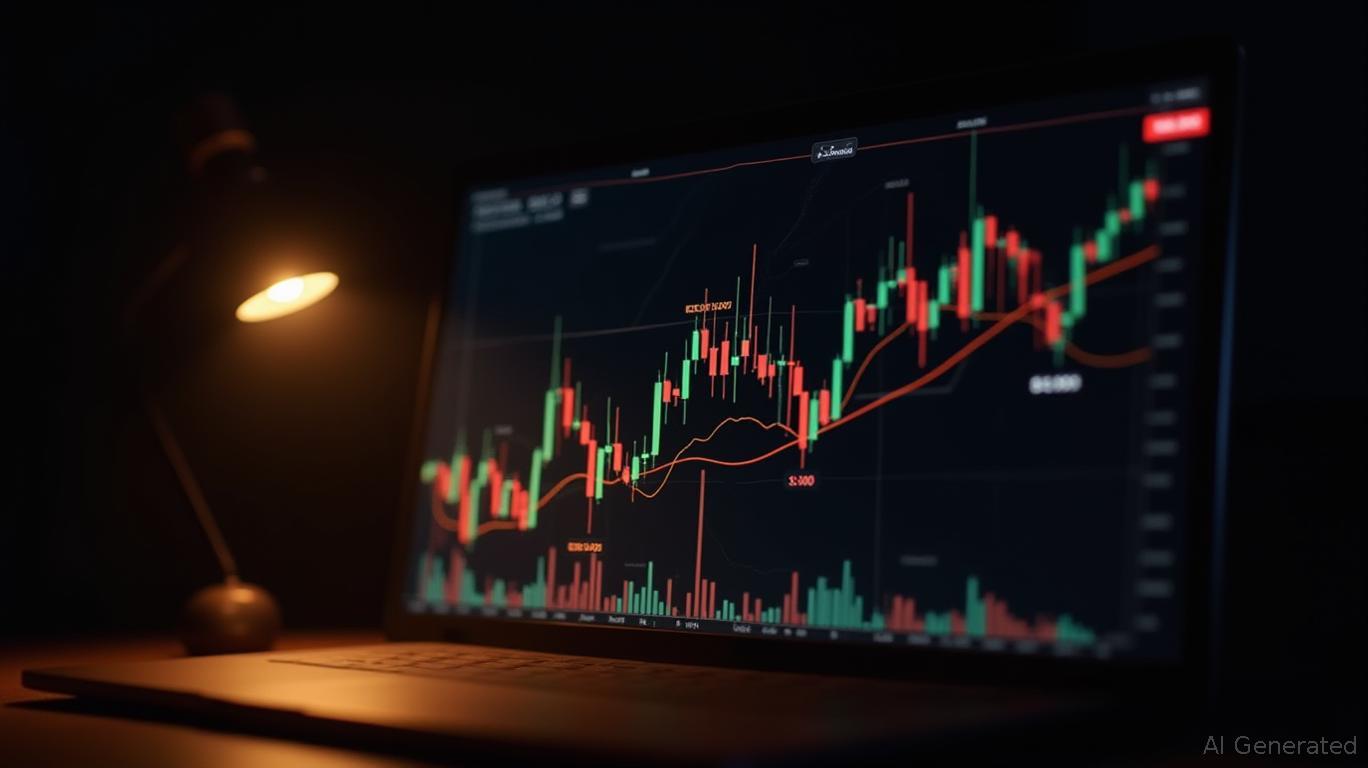Gold's Volatile Dance: Trade Optimism and the Fed's Next Move
The price of gold retreated sharply in early May 2025 as optimism around U.S.-China trade negotiations and the Federal Reserve’s cautious stance dampened demand for safe-haven assets. Yet, the precious metal remains caught in a tug-of-war between macroeconomic forces: the Fed’s potential rate cuts could reignite its rally, while trade uncertainties keep its safe-haven appeal intact.
The Gold Dilemma: Trade Optimism vs. Fed Caution
Gold prices fell 1.2% to $3,388.67/oz after the Federal Reserve held rates steady at 4.25%-4.50% on May 7, marking a divergence from earlier expectations of imminent easing. The retreat followed a nearly 2% surge earlier in May, fueled by hopes of a Fed pivot toward rate cuts by year-end.
But investors now face a critical question: Will trade talks or Fed policy dominate gold’s trajectory next?

Fed’s Next Move: June’s Critical Crossroads
The Federal Reserve’s June 18, 2025 decision (scheduled for 2:00 PM ET) will be pivotal. Markets now price in an 80 basis points cut by year-end, with the first reduction likely in July. If the Fed signals further easing, gold could reclaim its $2,000/oz resistance—a level it approached earlier in May.
Historically, gold averages 12% annual returns during Fed easing cycles, suggesting a potential $2,100/oz target by year-end if cuts materialize. However, the Fed’s caution is tied to unresolved trade tensions and mixed economic signals: Q1 2025 GDP contracted by 0.3%, while payroll growth remained robust.
Trade Talks: Progress or Stalemate?
U.S.-China negotiations, set to resume in Switzerland on May 7-8, have yet to resolve tit-for-tat tariffs imposed in April—tariffs that contributed to a record $140.5 billion U.S. trade deficit in March.
Persistent trade uncertainty continues to underpin gold’s safe-haven demand. A breakthrough in talks could reduce geopolitical risks and shift investor sentiment toward risk-on assets like equities, thereby pressuring gold. Yet, with no final agreements reached, the path to resolution remains unclear.
Technical and Fundamental Risks
While gold’s inverse relationship to interest rates remains intact, two key risks could temper gains:
1. Stronger economic data: A rebound in U.S. growth or a resurgent dollar could weaken gold’s appeal.
2. Trade optimism overshooting: If markets overreact to tentative trade deals, risk-on flows might push gold below $1,900/oz.
Conversely, a Fed rate cut in June or July, coupled with lingering trade disputes, could push gold toward its 2024 high of $2,000/oz by year-end.
Conclusion: Navigating the Crosscurrents
Investors must weigh two competing forces: the Fed’s potential easing and the unresolved U.S.-China trade stalemate. With the June 18 Fed decision and ongoing trade negotiations as key catalysts, gold’s trajectory hinges on whether policymakers can stabilize the economy or if geopolitical risks escalate further.
Should the Fed pivot decisively toward cuts while trade tensions persist, gold could rise to $2,100/oz by late 2025. However, a premature resolution of trade disputes or stronger-than-expected U.S. data might cap gains. For now, gold’s volatility underscores its dual role as both an inflation hedge and a refuge in uncertain times—a duality that will define its performance in the months ahead.
In this environment, investors might consider a balanced approach: allocate to gold as a hedge against tail risks but remain nimble to capitalize on Fed policy shifts. The coming weeks will test whether optimism or caution prevails in this high-stakes dance of macroeconomic forces.



_219eac971750077834984.jpeg)






